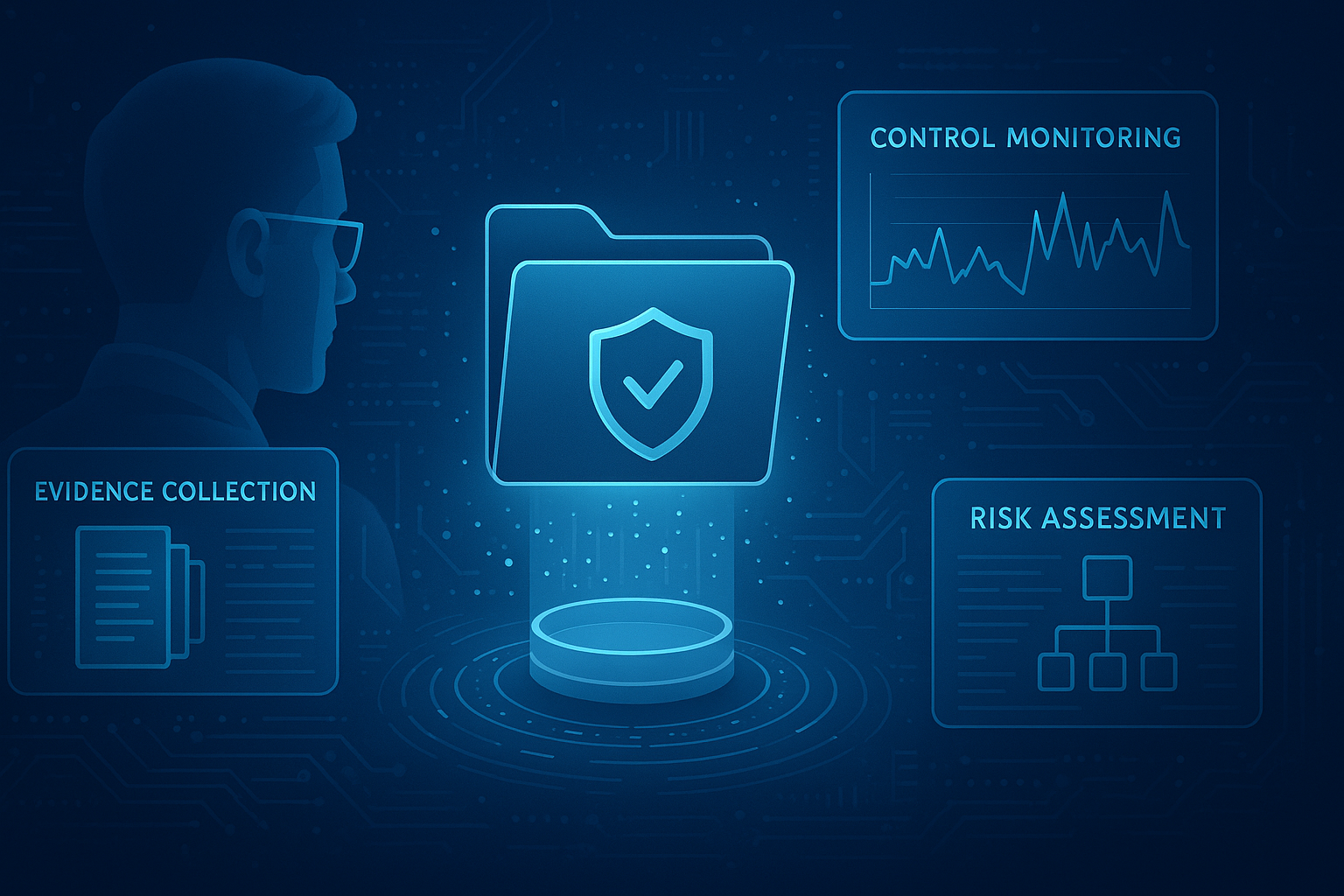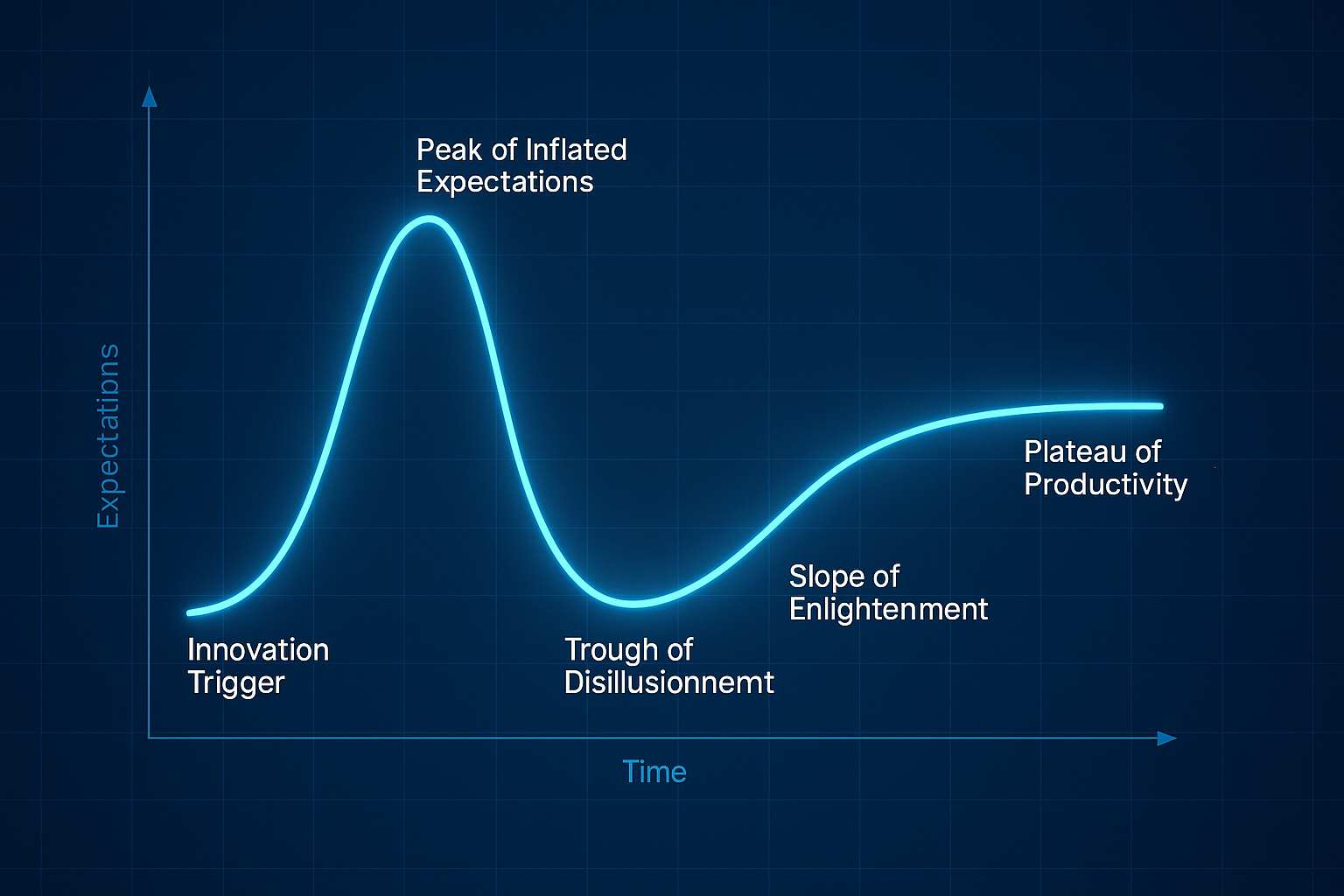Compliance for many cybersecurity programs has been the cornerstone and the catalyst for why many programs exist in the first place. Since the rise of the information technology function within the enterprise, security has been a priority for the companies and governing bodies in the industries and locations where they operate effectively. Cybersecurity compliance regulations are critical for many entities to ensure ongoing business operations and support new business growth.
Why Cybersecurity Compliance Standards Exist
To understand the role of compliance standards in an integrated risk and compliance program, consider compliance standards as the physiological requirements in Maslow's hierarchy of needs: the foundational requirements like food, water, and shelter.
Compliance standards set forth by governing bodies ensure that industry participants have implemented good enough security practices to participate in the industry and keep the ecosystem secure. Standards are often seen in highly regulated industries, where the failure of these functions is not an option—energy and utilities, banking and finance, defense, and aerospace.
Enough Is Not Enough
Here's the thing - more is needed in many cases. Governing bodies designed the standard requirements for the common denominator. Leading organizations created the frameworks to be accessible to companies of varying sizes and, sometimes, different functions. Often, these standards are general and insufficient to secure any organization adequately.
While prescriptive and valuable from an industry level, any organization must comply with more than one compliance standard to tout security to its CEO and Board.
Foundational Frameworks Transcend Compliance Regulations
We have previously covered how the continued rise of compliance standards overtax cybersecurity teams. Reacting to each new framework and standard as it emerges leaves organizations reeling. The strategy to integrate compliance activities for a cybersecurity program begins with a guiding, foundational framework.
We recommend the NIST Cybersecurity Framework as that North Star. The reason is that the requirements that make up these standards are frequently based on the NIST CSF. When security leaders focus on the foundational principles rather than each compliance requirement, significantly less menial effort is spent meeting new demands. The optimal way to futureproof your cyber program from new compliance requirements is to focus on the foundational framework that informs them.
Integrating Governance, Risk, and Compliance with the NIST CSF
For leaders looking to integrate their governance, enterprise risk management, and compliance activities, there is another reason to use the NIST CSF for compliance: the NIST portfolio of frameworks and publications integrates all GRC tools under one banner.
Further, the NIST CSF's outcome-based approach supports translating tactical cybersecurity risk and compliance activities into business outcomes - a critical function for today's cybersecurity leader. Contact us to learn how CyberStrong can help your alignment with the NIST CSF.





.png)
.png)
.png)
%201.png)
.png)




